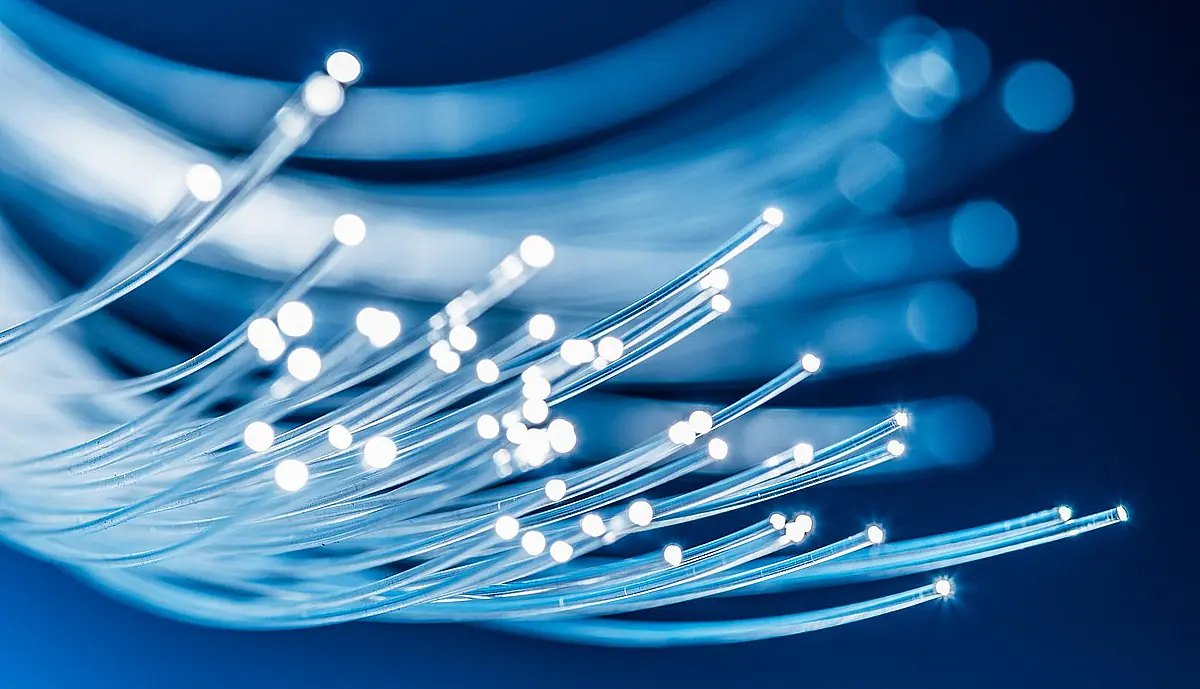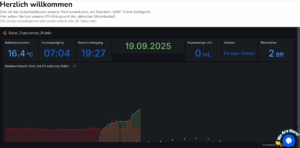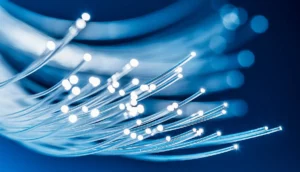GPON / APON / Leased Line / Dedicated Line / Dark Fiber...
"What the hell?", some readers may be thinking at this point.
In this article, we would like to describe why not all fiber optics are the same,
why we do not operate our data center with a €70 FTTH connection
and what technical differences there are between the various types of fiber optic connections in Germany.
GPON - Gigabit Passive Optical Network (shared fiber optic network)
GPON is the technology most frequently used in Germany for FTTH (Fiber to the Home) connections in the private customer sector.
Passive here means that no active devices are used between the subscriber and provider, but rather optical splitters that divide the fiber. With GPON, several households share a fiber optic line to the network operator - this is referred to as a "shared medium".
Technically, a GPON connection provides
2.5 Gbit/s downstream and
1.25 Gbit/s upstream. Up to 256 connections can be connected to this - in purely mathematical terms, this only results in around
9.7 Mbit/s downstream and
4.9 Mbit/s upstream per subscriber.
In practice, providers connect an average of around 32 households per GPON line. In mathematical terms, this still provides
~78 Mbit/s download and
~39 Mbit/s upload per customer.
This is what makes these connections so affordable: in Germany, an FTTH connection with 1000 Mbit/s downlink and 250 Mbit/s upload usually costs between
€70 and €100 per month. This is usually more than enough for private households - very few users actually use the full bandwidth. However, it becomes problematic if a so-called
power user makes heavy use of the line. Then things can quickly get tight - especially if several of them are in the same segment.
SLA & availability:
Technically, it hardly matters whether you book the connection as a private customer or as an SME: it is the same product. The availability and fault clearance times are usually only "best effort" - this can mean a few hours at best, several days at worst.
AON - Active point-to-point network
AON networks are hardly being expanded in Germany for FTTH/FTTB products.
In contrast to GPON, however, this is the better type of connection: each household receives
its own fiber optic cable and there are no passive splitters.
This also enables
symmetrical bandwidths (equal upload and download).
However, such connections are more expensive and therefore more common in the business sector.
Leased line - Dedicated fiber optic connection
A
leased line, such as the one we use for our data center, is a genuine
point-to-point connection.
You rent dedicated fibers from the building or data center to the carrier of your choice.
The decisive differences:
- Guaranteed bandwidth, as the fibers are used exclusively
- Fixed SLA & fault clearance times, no "best effort" clauses
- If necessary, a construction crew will be at the door at 4 a.m. to restore a line
This reliability comes at a price - leased lines are very
cost-intensive.
Dark Fiber
With
dark fiber, you only rent the
unlit optical fiber. You have to provide the active technology, i.e. the "light", yourself.
The big advantage is
maximum flexibility - you decide on bandwidth, transmission protocols and technology yourself. However, the SLA relates exclusively to the physical fiber, everything else is the responsibility of the tenant.
Our approach
We are taking a
middle way here:
We route our networks ourselves and operate our own routers as before. At the same time, however, we purchase the connection as a finished product in order to be on the safe side in terms of reliability, SLA and support.



